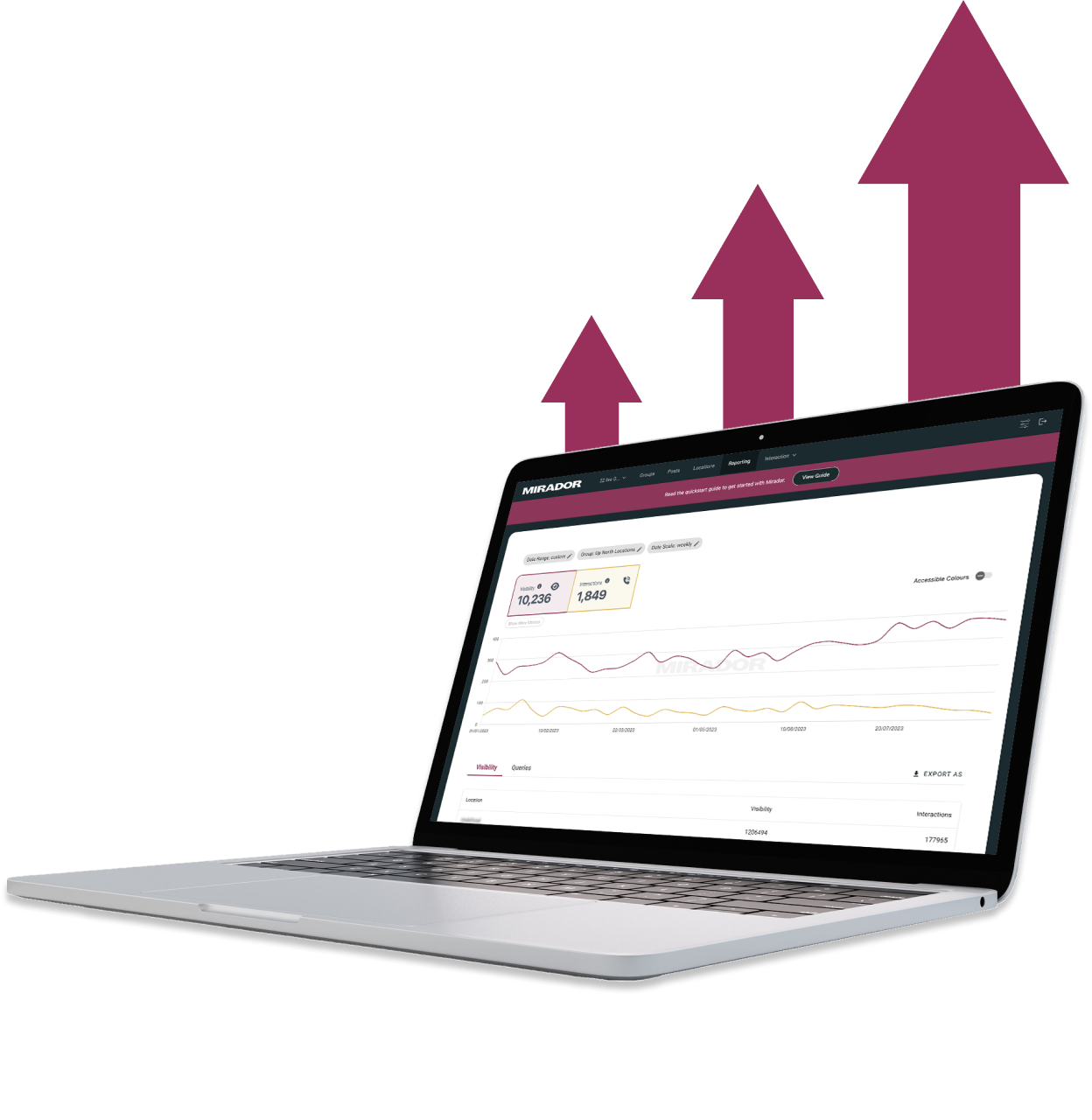Unlimited Webflow Maintenance ⛰️
For existing webflow websites, my maintenance packages can help you to evolve & optimize your site.


Your website is in good hands.
Save your money
If you have a Webflow professional check your site regularly, you won't have to deal with errors that lead to expensive projects.
Retain your time
There are a lot of things that need to be done to keep a website running smoothly. Hire a pro and spend your time on what really matters.
Top code quality
Remove anxiety and let me handle your maintenance needs. As a Webflow Expert I've got your back no matter what.
Wizardry Converter
Webflow keyboard shortcuts for EM, REM, and % conversions. Forget unnecessary calculations in your builds.
BEM
BEM stands for block, element and modifier. It's a naming convention that breaks things down into little, reusable pieces.
Perfect update services for sluggish webflow websites. 👌🏾
I offer a plan that will suit your requirements whether you're just getting started or need help maintaining an existing website. I can help speed up and re-build components in an accesible manner.
.svg)
.svg)
Webflow a good platform?🤔
Webflow is the perfect platform to handle your small or large website needs. Maintenance via webflow is smoother than any other website platform i've come accross.
Maintenance Packages
Neeed unlimited support with Webflow? let's go.
- 🖥️ Webflow Development
- 🛠️ Unlimited Tasks & Projects
- ⚡ 1 project at a time
- ⏰ 2-3 Day Turnaround
- 📞 Bi-Weekly Calls
- 🤝 Dashboard & Slack Collaboration
- 🔄 Cancel/Pause Anytime
- 🎨 Figma to Webflow Design
- 🛠️ Unlimited Tasks & Projects
- 💪🏿 1 project at a time
- ⏰ 1-3 Day Turnaround
- 📞 Bi-Weekly Calls
- 🤝 Dashboard & Slack Collaboration
- 🔄 Cancel/Pause Anytime
15% OFF
£5.1k billed quarterly
- 🖥️ Webflow Development
- 🛠️ Unlimited Tasks & Projects
- ⚡ 1 project at a time
- ⏰ 2-3 Day Turnaround
- 📞 Bi-Weekly Calls
- 🤝 Dashboard & Slack Collaboration
- 🔄 Cancel/Pause Anytime
15% OFF
£6.3k billed quarterly
- 🎨 Figma to Webflow Design
- 🛠️ Unlimited Tasks & Projects
- 💪🏿 1 project at a time
- ⏰ 1-3 Day Turnaround
- 📞 Bi-Weekly Calls
- 🤝 Dashboard & Slack Collaboration
- 🔄 Cancel/Pause Anytime
- 💸 Competitive pricing
- 📉 More hours = lower price
- 🎨 Design and development
- 📊 Email/Slack updates
Webflow Developer, UK
I love to solve problems for start-ups & companies through great low-code webflow design & development. 🎉

.jpg)

No problem! You can purchase additional hours at your package rate, upgrade to a larger package, or pay hourly for overflow work. I'll always notify you before exceeding your package hours so there are never surprises.
Absolutely. There are no long-term contracts. Monthly retainers renew automatically but can be cancelled anytime with 30 days notice. If you need a break, we can pause your package and restart when you're ready.
Yes! Critical issues (site down, broken functionality, security concerns) are handled immediately. Retainer clients receive priority emergency support. For non-retainer clients, emergency support is available at premium hourly rates.
Yes! I frequently help clients with sites built by others. I'll audit the site, identify issues, and provide recommendations. Many problems—broken interactions, performance issues, mobile bugs—can be resolved quickly.
Most content updates are completed within 24-48 hours. Bug fixes are prioritized and usually handled same-day. Larger updates are scheduled based on complexity. Retainer clients get priority support and faster turnaround times.
Most clients choose monthly retainer packages (5, 10, or 20 hours). Unused hours typically roll over for 1-2 months. I track all work transparently, and you'll receive monthly reports. For smaller needs, hourly support is also available.
Maintenance packages include content updates, bug fixes, performance monitoring, security updates, CMS additions, design tweaks, plugin updates, and technical support. Packages are flexible based on your monthly needs—from light touch-ups to ongoing development work.






.png)














.svg)














